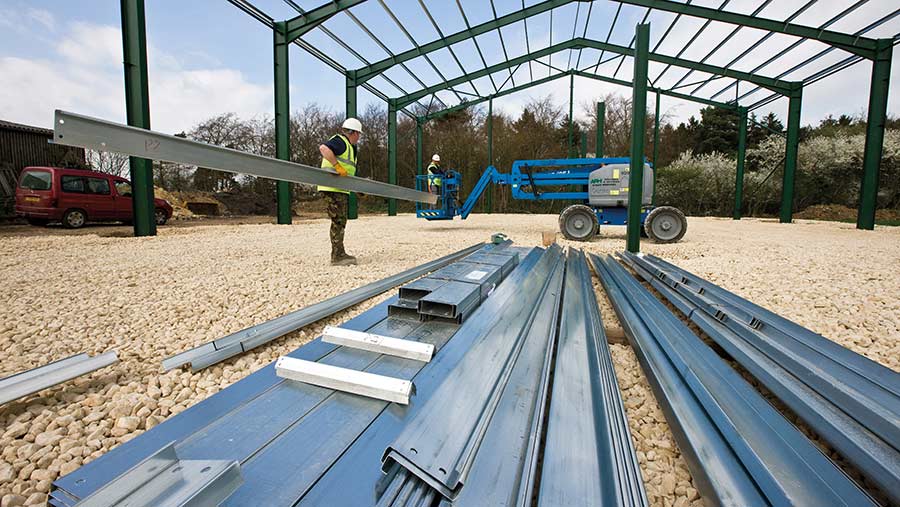Structures and buildings allowance – maximise your claims
 © Tim Scrivener
© Tim Scrivener The structures and buildings allowance (SBA) has been in place since 2018. Peter Griffiths of accountant Hazlewoods explains how to make best use of the measure.
Many businesses and individuals do not seem to be maximising available claims on the structures and buildings allowance (SBA).
Apart from certain professional expenses such as planning permission, any expenditure on land or the fabric of buildings by a farming business that does not qualify for capital allowances, and is distinct from the land surrounding it, will be eligible for SBA.
Despite the name, the 3% annual allowance is available on some items that are neither a structure nor a building. This is not well understood, which can lead to higher tax bills than necessary.
See also: Inheritance tax fears deterring agri-environment scheme entry
For example, relevant expenditure could be a farm building or office, commercial buildings to let out, a reservoir, a new road, fencing, walls, bridges and tunnels. In fact, anything that effectively alters the nature of the land.
SBA can also be available where a used item is bought, if the seller provides the buyer with an SBA statement confirming what allowances have been previously claimed, and what allowances are still available.
Even if the item acquired is pre-October 2018, SBA can be claimed by the purchaser on additional subsequent expenditure on that item – for example, an extension to a building.
Review relevant expenditure
The existence of the SBA means that expenditure on a building will now almost entirely qualify for a tax deduction, although part of the relief will be spread over many years, at the 3% rate.
Separately, the capital allowances annual investment allowance (AIA) currently allows a 100% deduction of up to £1m in the year of expenditure, and a super deduction is available at a higher rate for companies.
While these do not apply to SBA qualifying expenditure, they are potentially available where expenditure within the structure, such as on electrical or water systems, qualifies as plant and machinery. There is a very long list of eligible items.
So it is important to identify those items which can qualify as plant and machinery within a structure, as this will enable tax relief to be obtained much earlier at the 100% rate.
This makes it important to ensure that quotes and invoices clearly detail all the different elements of the building itself and its fixtures, fittings and integral features.
What is the structures and buildings allowance?
The SBA is available as a tax deduction against profits on qualifying expenditure incurred by farming businesses after 28 October 2018.
This allows farmers and landowners a deduction for capital expenditure on buildings and alterations to land which, prior to the introduction of the allowance, did not qualify for any tax relief against income. It is similar to the old agricultural buildings allowance, abolished in 2012.
SBA is allowed on new non-residential structures and buildings, where the contract for construction was entered into, and the construction activity begun, after 28 October 2018.
The relief applies to both UK and overseas structures and buildings, including new conversions or renovations, where the farming business is within the charge to UK tax.
A business which acquires an unused asset that has already been constructed, and which did not incur the cost of construction itself, can qualify for the allowance, where the date criteria have been met.
The allowance is currently given at an annual rate of 3% of cost on a straight-line basis.
When the asset is sold, gifted or otherwise changes hands, there is no balancing charge or allowance.
Instead, a subsequent purchaser or owner will continue to claim the annual allowance of 3% of the original cost, not the amount they paid for the asset.
